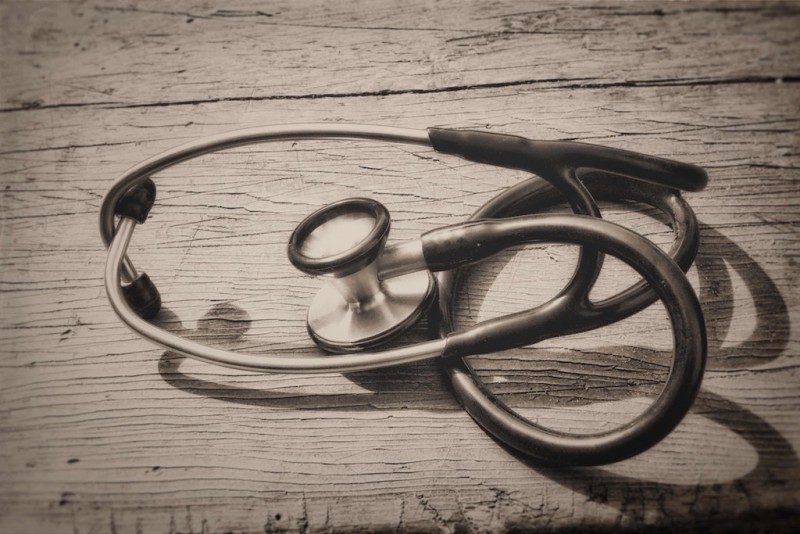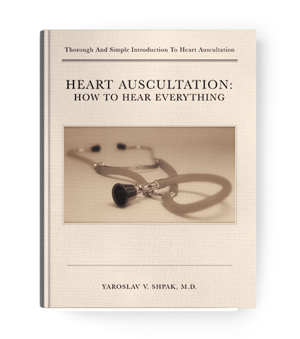 The place of heart auscultation and physical diagnosis in contemporary cardiology. About this blog.
The place of heart auscultation and physical diagnosis in contemporary cardiology. About this blog.Begin by learning heart auscultation to draw and paint like the old masters. After that, you can do as you like; everyone will respect you.
― Salvador Dalí and me
It only seems like modern cardiology is based on the high-tech tests. Of course, accurate diagnosis in most cases is impossible without ultrasound, angiography or other visualizing techniques. However, only a doctor can gather the largest amount of information about the patient. And to do that, doctor requires only eyes, ears, hands, and obviously head. Additionally, very often these resources are enough for precise and quick diagnosis achieved with little financial burden.
The more diagnostic information doctor has, the more he is insured against making mistakes. Bedside diagnosis can often reveal subtle signs of dangerous diseases such as aortic dissection, requiring urgent actions. Should you miss these signs, your patient may not have time to reach the ultrasound scanner.
Attentive doctor, using his own collected data, could double-check the results of laboratory tests, which may ended be falsie. If you do not have an independent and/or justified opinion about the diagnosis, you will be completely dependent upon the machines. As a consequence, patients will respect those machines instead of you.
If machines make diagnosis, what is the reason for doctor’s existence? And why doctor must be respected? In reality, physician's potential diagnostic abilities are much wider than precise but the narrow diagnostic capacities of the machines. We must use our abilities.
The assessment of patient's clinical dynamics and efficiency of therapy is often easier by using simple and instantly available bedside tests. For example, condition of a patient with heart failure can be quickly assessed by examining jugular veins, searching for the third heart sound as well as few other symptoms. This detailed and instant information could be obtained by neither serial echocardiography nor by natriuretic peptides' measurements.
Most importantly: diagnosis in cardiology is a fascinating thing.
Cardiology has one merit: it is logical. Most of the clinical symptoms have some pathophysiological basis. In most of the cases, you can approximate patient's hemodynamics, anatomy and severity of underlining defects. Most importantly, you can manage this at the bedside.
Like any art, it is not easy to master the skill of bedside diagnosis. Heart auscultation is an especially difficult art. Heart sound is unusual for our ears, and its analysis is complex. Surprisingly, heart sound carries a lot of diagnostic information. The heart is telling us about its diseases using its own language and sometimes gentle hints.
It is possible to learn this language. This website was created specifically for those, who want to learn heart auscultation. Heart auscultation is not a self-containing method. There is no one who only uses stethoscope. That is why I will touch upon other topics in cardiology and internal medicine. Sometimes I will even allow myself to go beyond medicine. That will be even more interesting.
I will try to publish one post per week. To avoid missing any new material, you can subscribe to the updates via e-mail or RRS. In the majority of my publications, information will remain up-to-date for many years. So, I hope that most of my posts will be useful for a long time.
